Hedges serve a very practical and aesthetic purpose in our landscape. They can be used as screening and can add to the overall value of your garden.
Regardless of what your hedge is intended for, we all want to have those that are particularly low maintenance.
Here is a list of 10 low maintenance hedges. Read on to find out which one will suit you and your landscape best.

Holly Hedge
Holly or Ilex is a genus of more than 400 species of flowering plants.
This hedge, which is reminiscent of Christmas, is a low maintenance hedge the does not need too much pruning.
However, their leaves are prickly, which makes it a good option for hedging if you do not want people to pass through a certain part of your yard.
There are several holly hedge plants to choose from, such as English Holly, Japanese Holly, and Silver Holly.
We have a more in-depth guide on holly hedge here in our blog.
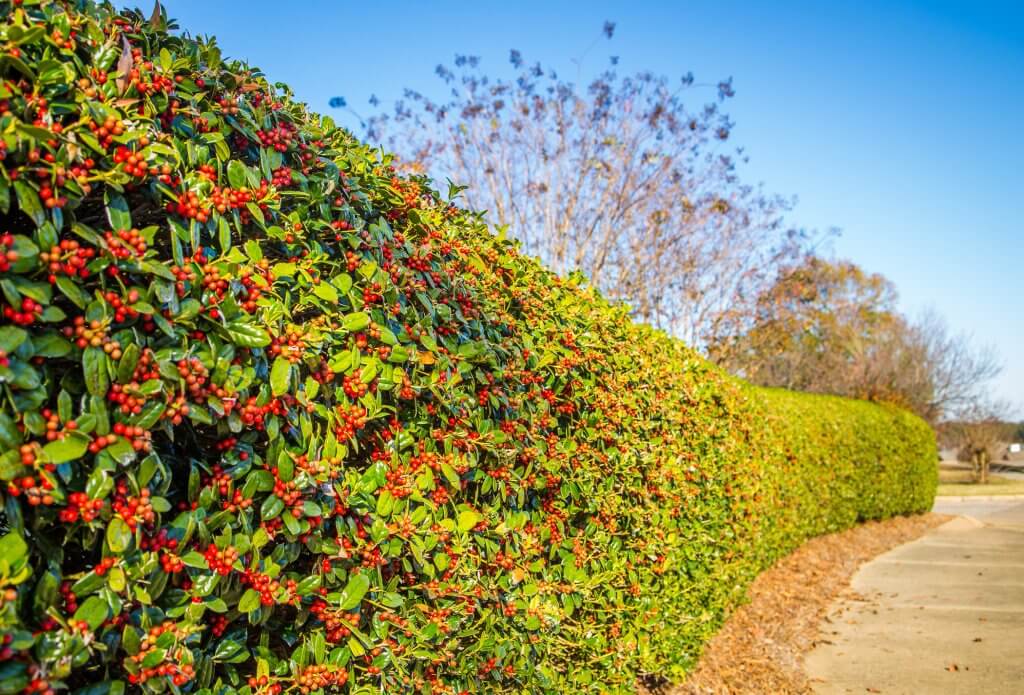

Box Hedge or Boxwood Hedge
Box hedge or Buxus is also a good choice as a low maintenance hedge. There are about 70 species in the genus Buxus, and most of them are slow-growing.
There are Buxus hedge species that thrive in tropical and subtropical climates, and there are also frost-tolerant varieties.
Another great thing about the boxwood hedge is that they are easy to maintain and can be pruned formally—even as round hedges.
There are dwarf varieties, varieties for either upright or round form, and as mentioned earlier, there are also frost-tolerant ones.
Find out more about this low maintenance hedge in our article on Buxus.
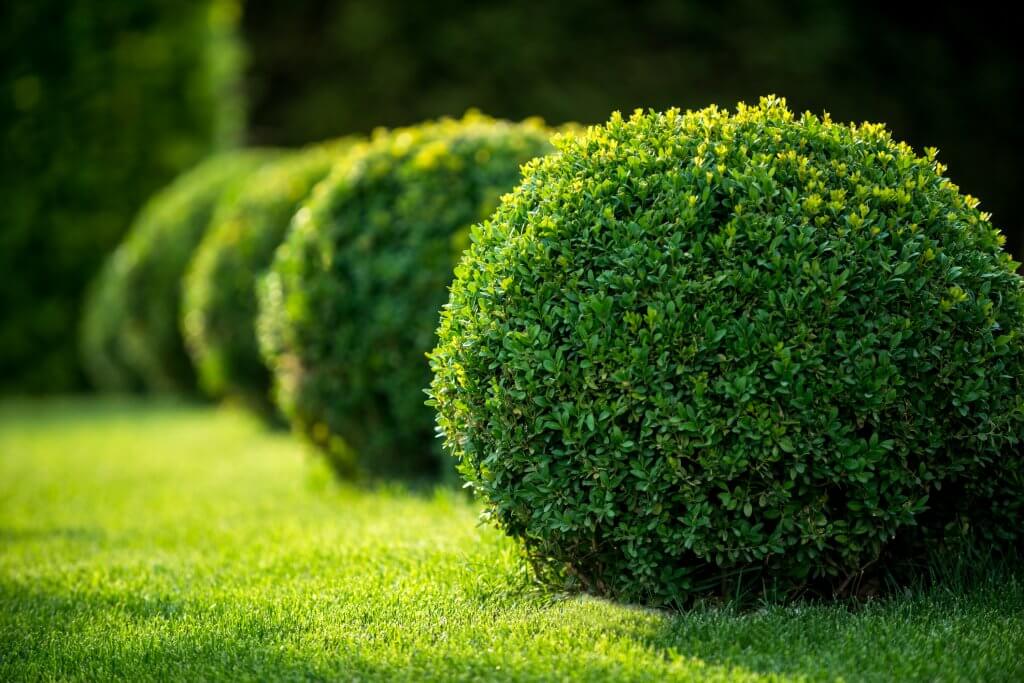

Viburnum Hedge
If you live in temperate climes, you may want to consider a viburnum hedge.
Viburnum is a genus of more than 100 species of flowering plants. With so many species to choose from, you will find the right low-maintenance viburnum hedge for your needs.
Viburnums are very adaptable and not prone to diseases—a definite plus as a low maintenance hedge.
To know more about this low maintenance hedge, check out our blog on Viburnum.


Choisya Ternata Hedge
Also known as Mexican Orange or Mexican Orange Blossom, Choisya ternata is an excellent choice for a decorative and low maintenance hedge.
This fragrant perennial has delicate white blooms and grows up to about 6 feet by 6 feet ( 2 metres by 2 metres).
However, like most citrus, the Mexican orange blossom does not do well in freezing temperatures and is more ideal for more temperate to tropical climates.
Click here to know more about How to Grow and Care for Your Mexican Orange Blossom.
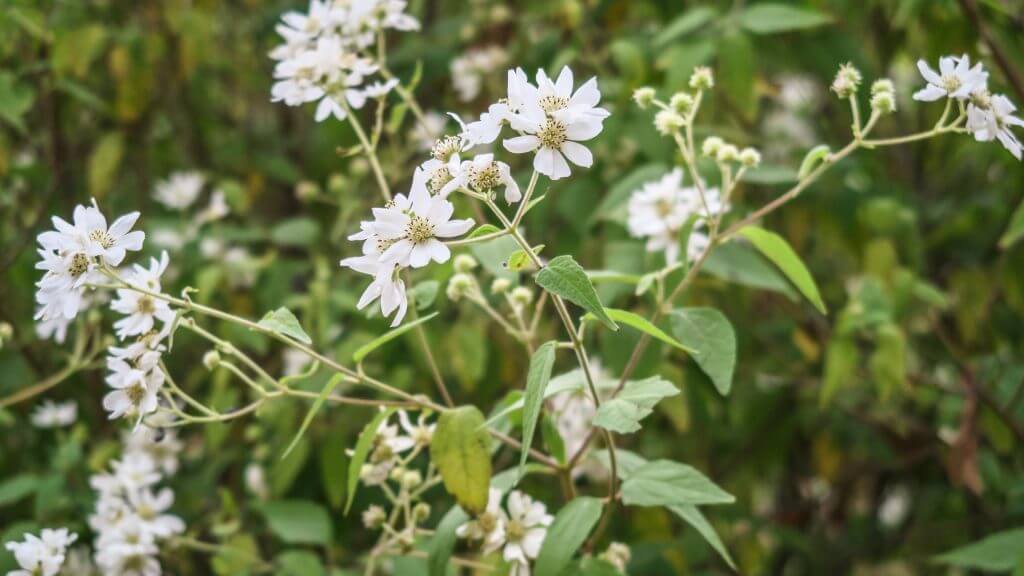

Hornbeam Hedge
If you prefer interesting foliage more than flowers for your hedge, the hornbeam is a good choice.
The hornbeam’s leaves are corrugated and have serrated margins. They are bright and green in summer and turn to golden or rust-colour in autumn and winter.
There are 25 species in this genus Carpinus, and Asian hornbeams are ideal for low maintenance hedges.
Asian hornbeam, particularly Korean hornbeam (Carpinus eximia) and Japanese hornbeam (Carpinus japonica), grow to about 30 feet (9 metres) maximum height. They can be trimmed to maintain as smaller size for screening hedge.
If you are interested to know more, please visit our guide on How to Select, Grow and Care for Your Hornbeam.
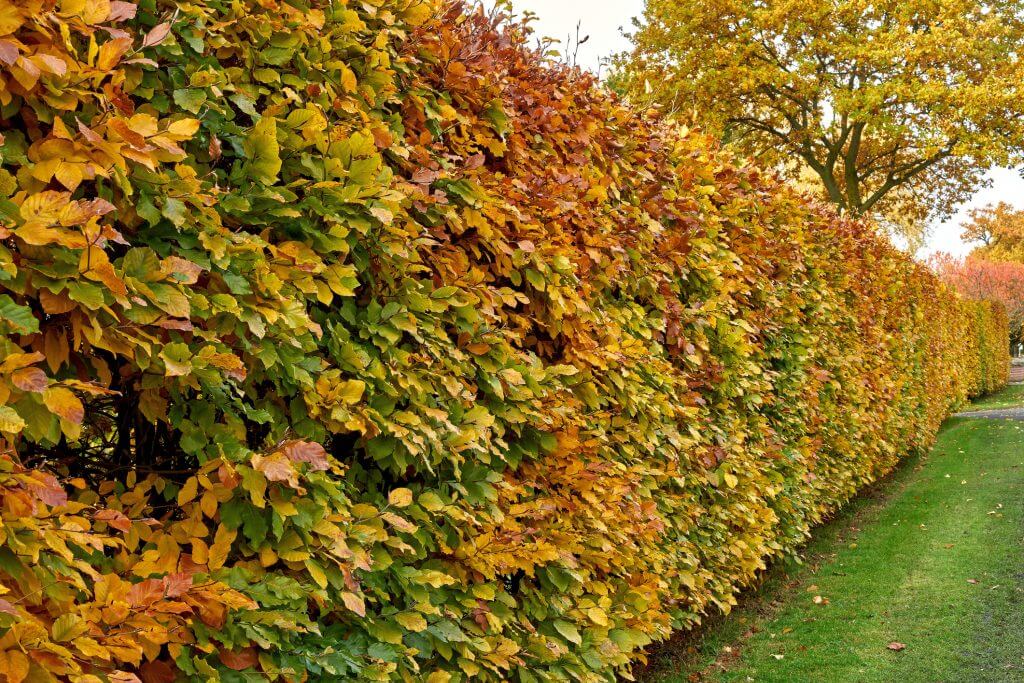

Callistemon Hedge
Callistemon or bottlebrush is native to Australia but is also cultivated in different parts of the world with temperate climates.
It got its name bottlebrush from the form of its blooms that seem to resemble this cleaning tool.
The flower spikes of the callistemon come mostly in red, but some varieties come in various colours such as purple, pink, yellow, white, or green.
Bottlebrush is suitable as a low maintenance hedge and also very attractive to birds and insects because of its nectar.
Please see our guide to know How to Select, Grow and Care for Your Bottlebrush.


Murraya Hedge
Murraya paniculata, orange jessamine, or orange jasmine is another good option for a low maintenance hedge.
The orange jessamine grows mainly in warmer climates and may not be suitable for places that get extremely low temperatures.
Murraya hedge may be suitable for you if you like fragrant flowers as well. Murraya blooms for most of the year, except during colder months in winter and early spring.
You may want to check out our extensive guides on Murraya Hedge, including more detailed information on when to plant them, watering murraya hedge, how to propagate murraya from cuttings, and many more.


Conifer Hedge
Conifer hedges are also popular low maintenance hedges in cooler regions.
Conifer, or Pinophyta or Coniferophyta, are evergreen shrubs or trees that have seed-bearing cones.
Though conifers technically do not grow flowers, their verdant foliage still brings that pleasant fresh scent in the air.
Since they are evergreen, they bring that splash of greenery even in the cold seasons.
There are so many varieties available when selecting your conifer hedge. There are different types of foliage and growing habits to choose from.
Conifers can grow in various heights depending on the variety, from the tallest trees to the small and dainty bonsai.
You will not lack for choices for conifer types to suit your needs.
Please visit our guide for more information on Conifer Hedge.


Lilly Pilly Hedge
Lilly Pilly Hedge or Australian cherry is hardy and low maintenance.
In addition to being ornamental, the lilly pilly also bear edible fruits.
Once established, you can basically leave your lilly pilly hedge on its own, except for when trimming to keep its shape and height and to check on its health.
Lilly pilly hedges do prefer more temperate climates, so keep them under closer watch during really cold seasons.
To know more, please visit our blog on How to Select and Care for Your Lilly Pilly Hedge.
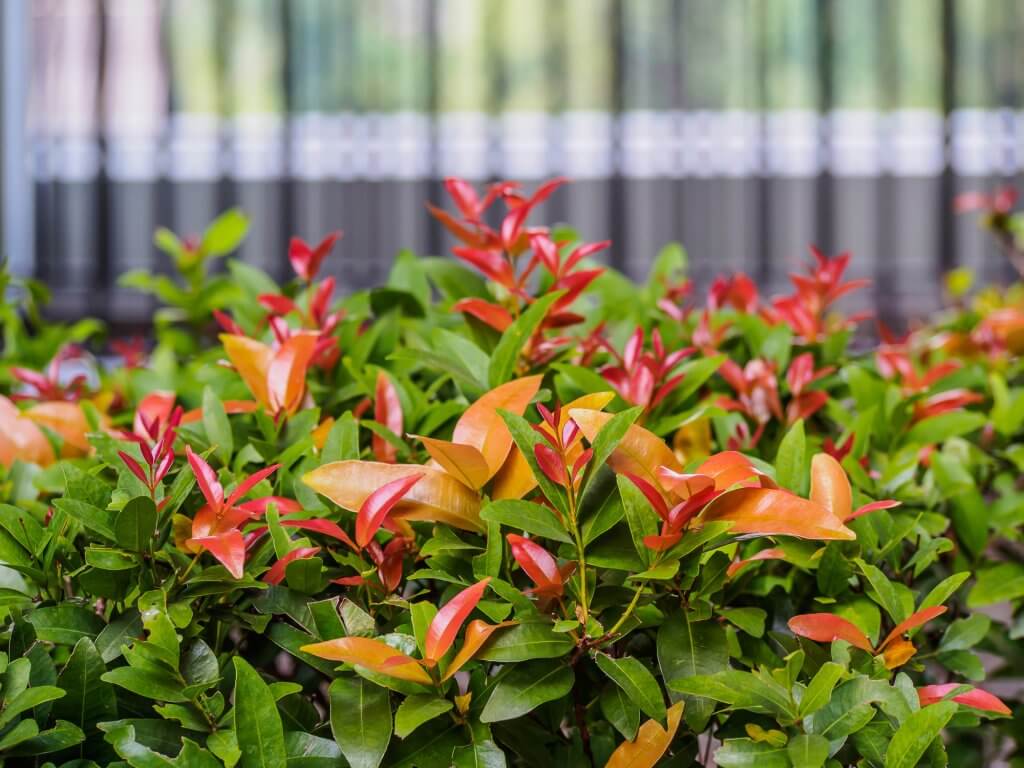

Pittosporum Hedge
Last but not the least for low maintenance hedges is the pittosporum, also called mock orange.
Pittosporum is hardy, fast-growing, and dense—perfect for use as a fence hedge.
Once planted and established, pittosporum hedges require minimal care. Pruning requirements are also minimal and needed only to keep its form and height. They do not respond well to more aggressive pruning.
Plant the pittosporum hedge in temperate, subtropical, to tropical climates, and you may not need to worry about it too much.
For more information, please visit our blog on The Ultimate Guide to Choosing, Planting and Caring for Your Pittosporum.


[elementor-template id=”4604″]
[elementor-template id=”6387″]
